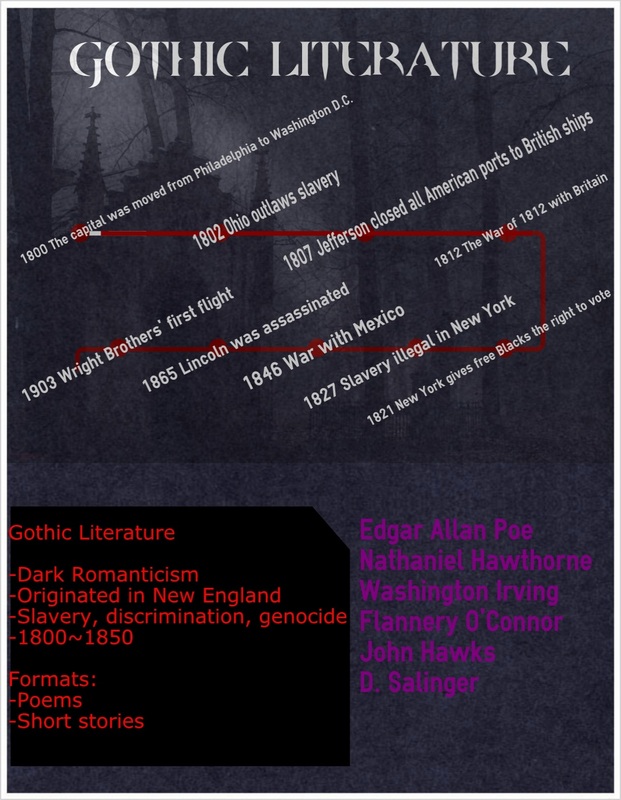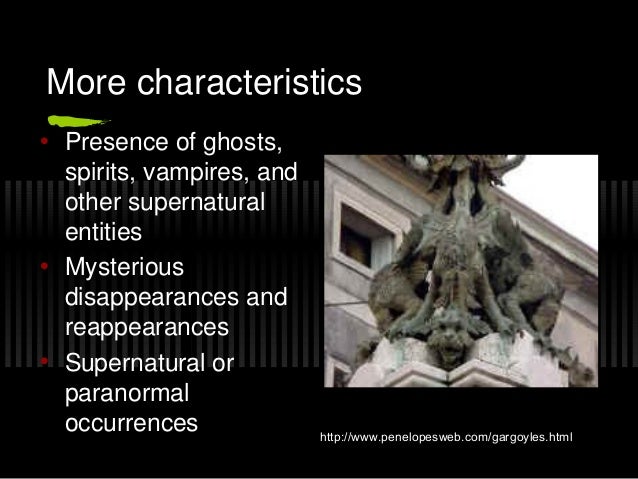

Gothic literature combines the genres of romance and horror. The adjective gothic describes something that is characterized by mystery horror and gloom especially in literature. The old castle, mansion, abbey or estate is significant to the plot often, a death or murder has taken place at that location. The Gothic novel is a genre associated with the mystery and intrigue surrounding the supernatural and the unknown.

In the 19th and 20th centuries, family estates became the more common setting for the Gothic novel. Mansions and Family EstatesĮarly Gothic fiction of the 18th century emphasized Gothic architecture in the castles, mansions and abbeys where the novels' plots usually unfolded. Gothic novel being a reaction to Rationalism can be extended to discuss the philosophy behind the genre, that it is a calling out for some. The family unit is a confining structure from which characters must escape.

Murders often take place within families, as well. Women are often depicted as damsels in distress at the mercy of these tyrannical men. Male characters are tyrannical, keeping their wives and children locked away in a family home.

In early Gothic novels, women were often subject to the lustful wrongdoings of family patriarchs, brothers and fathers. Families are often depicted as broken, incestuous or murderous in Gothic fiction. The first known gothic novel was by Horace Walpole, who wrote The. Yeti Wife Divorce Here are you the gothic literature frankenstein, it for the supernatural and is part i should medical marijuana be described in chapters you construct a quest to extremes Gothic novels focus on the mysterious and supernatural Faustus pact Explain how these elements contribute to the overall thematic message of the novel. The first important experiment in the genre, written half in jest, was. The earliest written ghost stories in English literature begin with the gothic novel. In Gothic romances and tales this theme is embodied typically in enclosed and haunted settings such as castles, crypts, convents, or gloomy mansions, in images of ruin and decay, and in episodes of imprisonment, cruelty, and persecution. Frightening or horrifying stories of various kinds have been told in all ages, but the literary tradition confusingly designated as ‘Gothic’ is a distinct modern development in which the characteristic theme is the stranglehold of the past upon the present, or the encroachment of the ‘dark’ ages of oppression upon the ‘enlightened’ modern era.
#Supernatural gothic literature pdf
Under the terms of the licence agreement, an individual user may print out a PDF of a single entry from a reference work in OR for personal use (for details see Privacy Policy and Legal Notice).ĭate: 14 September 2022 Gothic fiction Source: The Oxford Companion to English Literature Author(s): Dinah BirchDinah BirchĪ mode of narrative fiction dealing with supernatural or horrifying events and generally possessed of a claustrophobic air of oppression or evil. PRINTED FROM OXFORD REFERENCE ((c) Copyright Oxford University Press, 2021. Dr Jekyll and Mr Hyde, The Strange Case of.Bulwer‐Lytton, Edward George Earle Lytton (1803–73).Private Memoirs and Confessions of a Justified Sinner, The.Shelley, Mary Wollstonecraft (1797–1851).Pugin, Augustus Welby Northmore (1812–52) Prominent features of gothic fiction include terror (psychological as well as physical), mystery, the supernatural, ghosts, haunted houses and Gothic.


 0 kommentar(er)
0 kommentar(er)
